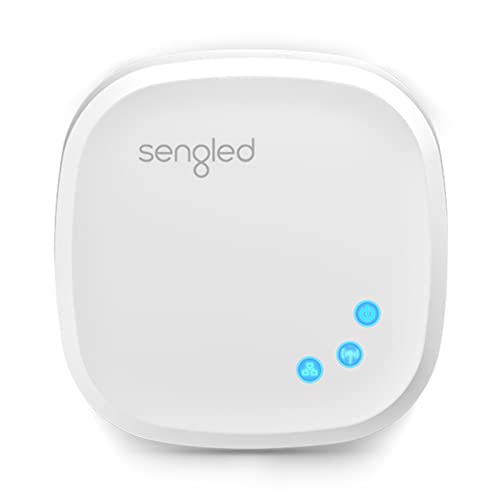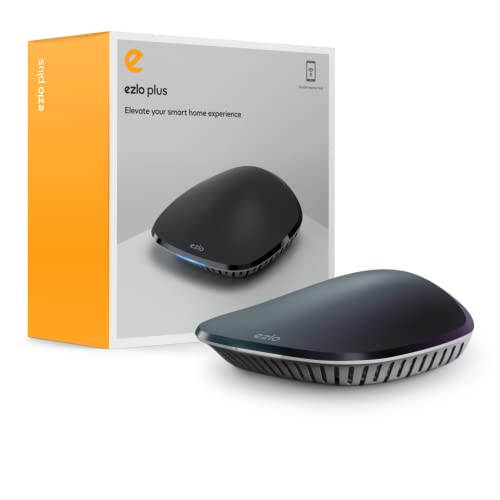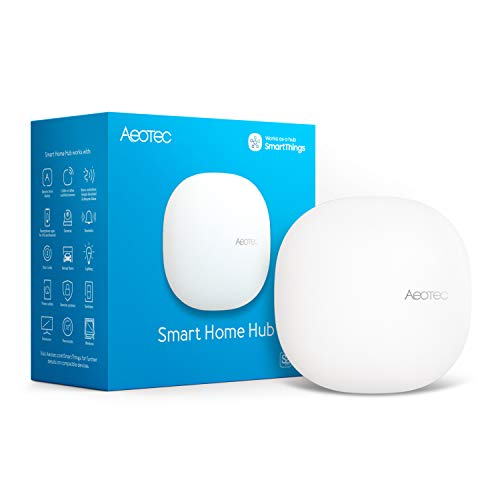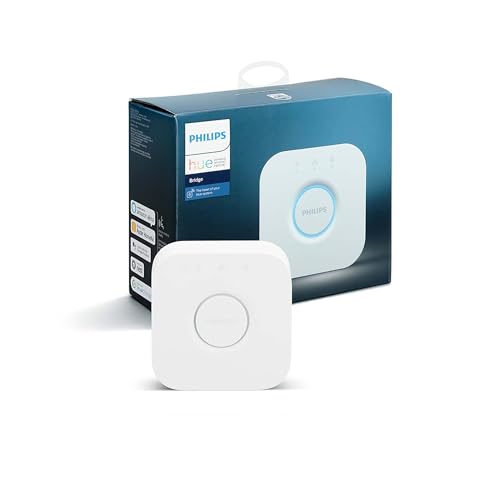Smart home devices offer numerous benefits that can make your life easier, more convenient, and more efficient. One major advantage of smart home devices is their ability to automate tasks and save you time. For example, with a smart thermostat, you can easily program your heating and cooling schedules, so you never have to worry about adjusting the temperature manually. This not only saves you time but also helps reduce your energy bills by ensuring that your home is only heated or cooled when necessary.
Another benefit of smart home devices is increased security and peace of mind. Smart cameras, doorbells, and alarms allow you to monitor your home remotely and receive alerts about any unusual activity. This can help deter burglars and provide you with valuable evidence in case of a break-in. Additionally, smart locks can make it easier to secure your home without the need for physical keys, giving you greater control over who has access to your property.
Smart home devices can also improve your overall quality of life by enhancing your comfort and convenience. For example, smart lighting systems can be programmed to adjust the brightness and color of your lights based on your preferences and the time of day. Smart speakers and voice-controlled assistants can help you manage your schedule, play music, set reminders, and even answer questions without lifting a finger. These features not only make your daily routine more enjoyable but also help you stay organized and productive.
Top Smart Devices for Every Room
Smart technology is revolutionizing the way we live, making our homes more efficient, convenient, and secure. Here are some of the top smart devices that you can incorporate into every room of your house:
Kitchen
In the kitchen, smart devices can help you cook, clean, and stay organized. A smart refrigerator can keep track of your groceries and even suggest recipes based on what you have on hand. A smart oven can be controlled remotely, so you can preheat it on your way home from work. And a smart coffee maker can brew your morning cup of joe at the touch of a button.
Living Room
In the living room, smart devices can enhance your entertainment experience. A smart TV can stream your favorite shows and movies, while a smart speaker can play music and even control other devices in the room. Smart lighting can create the perfect ambiance for movie night or a cozy evening in.
Bedroom
In the bedroom, smart devices can help you relax and get a good night's sleep. A smart bed can adjust its firmness and temperature based on your preferences, while a smart alarm clock can wake you up gently with light and sound. Smart window shades can block out light and noise, creating the perfect environment for restful sleep.
How to Set Up Smart Devices
Setting up smart devices in your home can seem like a daunting task, but with the right approach, it can be a breeze. Follow these simple steps to get your smart devices up and running in no time.
The first step is to choose the right smart devices for your home. Whether it's smart bulbs, thermostats, or security cameras, make sure you select devices that are compatible with each other and with your home's Wi-Fi network. Research different brands and read reviews to find the best options for your needs.
Once you've purchased your smart devices, it's time to set them up. Start by downloading the corresponding apps for each device on your smartphone or tablet. Follow the on-screen instructions to connect the devices to your Wi-Fi network and create an account with the manufacturer's app.
After successfully connecting your devices to your network, you can start customizing their settings. Create schedules for your smart bulbs to turn on and off at specific times, adjust the temperature settings on your smart thermostat, and set up alerts for your security cameras. With a little bit of time and effort, you'll have your smart devices working seamlessly together to make your life easier.
Troubleshooting Common Smart Device Issues
1. Connectivity Problems: One of the most common issues with smart devices is connectivity problems. If your smart device isn't connecting to your Wi-Fi network, try restarting your router and the device. Make sure your device is within range of the Wi-Fi signal and that there are no obstacles blocking the signal. You can also try resetting the device's network settings and reconnecting to the Wi-Fi network.
2. Device Unresponsiveness: If your smart device is unresponsive or not working properly, try restarting the device by unplugging it and plugging it back in. You can also try resetting the device to its factory settings, but make sure to back up any important data first. If the problem persists, it may be a hardware issue that requires professional repair.
3. Compatibility Issues: Sometimes smart devices may not work properly with other devices or apps due to compatibility issues. Make sure all your devices and apps are up to date with the latest software updates. If compatibility issues persist, reach out to the device manufacturer or app developer for support.




